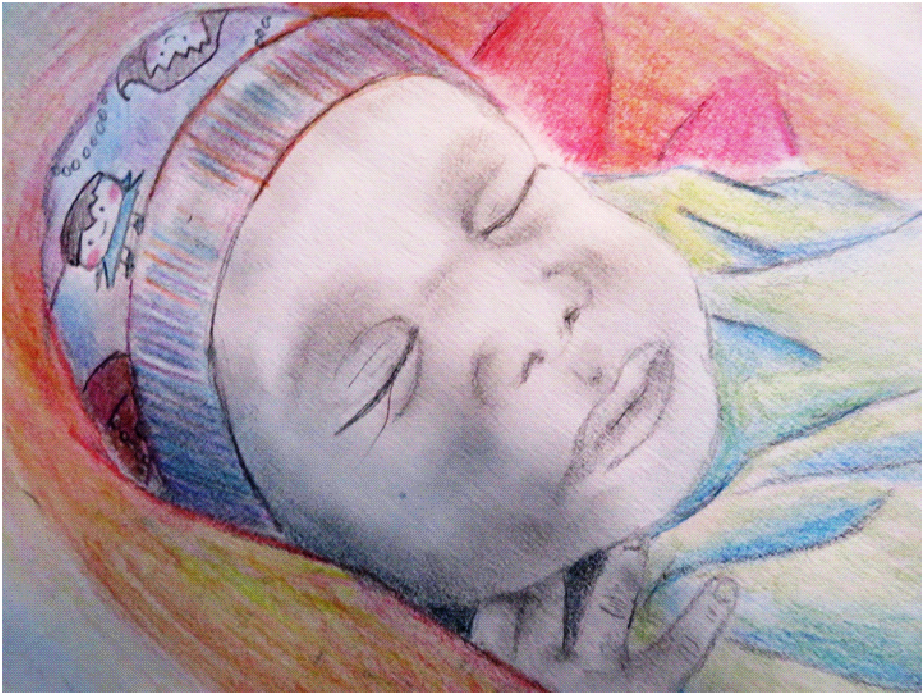Tuesday is World AIDS Day, and a nurse who treated HIV patients in the Central African Republic wants the world to learn more about the virus and its patients -- through art.
In October 2014, 26-year-old Doctors Without Borders nurse Diana Johnson went to Zemio, a rural town in the Central African Republic, to train local medical personnel and help treat HIV patients. Nine months later, after having met more than a thousand patients, Johnson tells their stories through sketches.
"When I travel, I often draw what I see as a way of trying to process it," Johnson told The WorldPost on Monday. "I wanted to draw a few people that I really remembered and had connected to and a few experiences just so I could process it."
From a charismatic 4-year-old to a moody teenager to a delicate older woman, Johnson's portraits show that HIV doesn't shape a person. She thinks the best way to understand the virus is to remove the stigma associated with HIV patients.
"People should know now that HIV is just a chronic disease and we treat it. People deserve to be treated equally," Johnson said. "HIV deserves to be seen as just an illness that you treat, the way you would treat diabetes or high blood pressure."
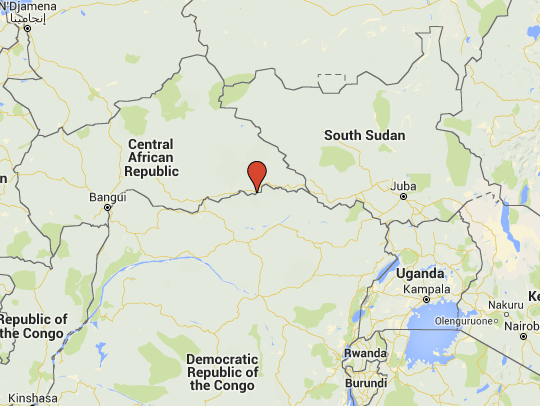
Zemio is a rural town near the Central African Republic's eastern border with the Democratic Republic of Congo and South Sudan. With a population of 14,000 people, the town is also home to some 3,400 Congolese refugees, the U.N. Refugee Agency reported in March. Doctors Without Borders started working in Zemio in 2010 after an influx of Congolese refugees and internally displaced people from the Central African Republic entered the region following attacks from the Lord's Resistance Army militant group, led by Joseph Kony.
Nearly 12 percent of Zemio's population is HIV-positive, Doctors Without Borders says. But the region lacks qualified medical personnel to treat patients. Only two of the local personnel that Johnson trained had any previous medical training. There is only one nursing school in the Central African Republican capital of Bangui, Johnson noted, and the World Health Organization reported that there were only 250 doctors in the country of 5.4 million people.
Take a look at the sketches below, along with Johnson's memories of each patient, which were edited for clarity. All patients' names have been changed.
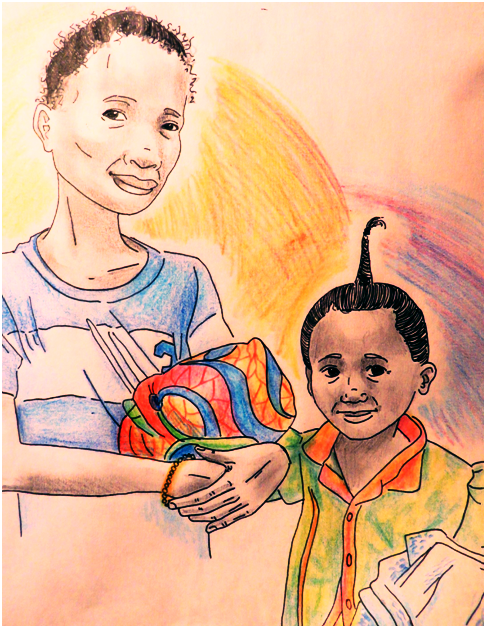
We took her back to Zemio and she stayed with us off and on for several months. Her relatives in Zemio refused to accept her in their home because she was HIV-positive and not a close enough relative, so she stayed with us instead. She was always accompanied by her bright, energetic daughter, who was always ready to lend her mom a helping hand.
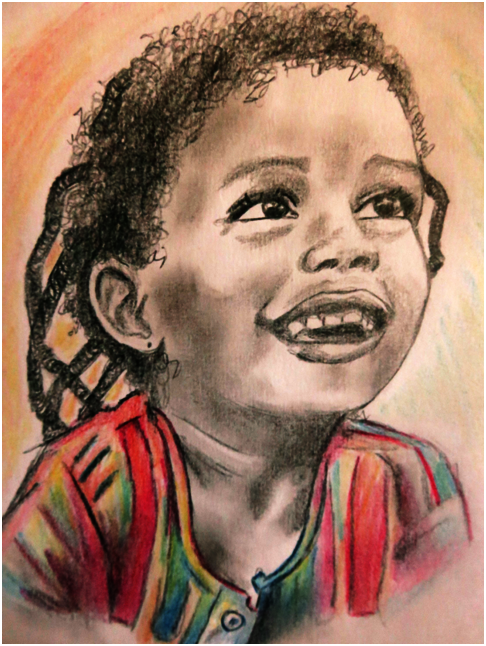
I first met her in the hospital. She was 4 years old, runny-nosed and shyly hiding behind her grandma. The shyness didn’t last long. One of the program's doctors and I had to do hospital rounds while passing Nadia back and forth between us, as she would cling to us, making little sounds and greeting the patients.
Children are often the most vulnerable in HIV care, as they have to rely on someone else to give them their medications, which are complicated as they change dosage as they grow up. Nadia has a lot of life left to live -- hopefully she can be there for all of it.
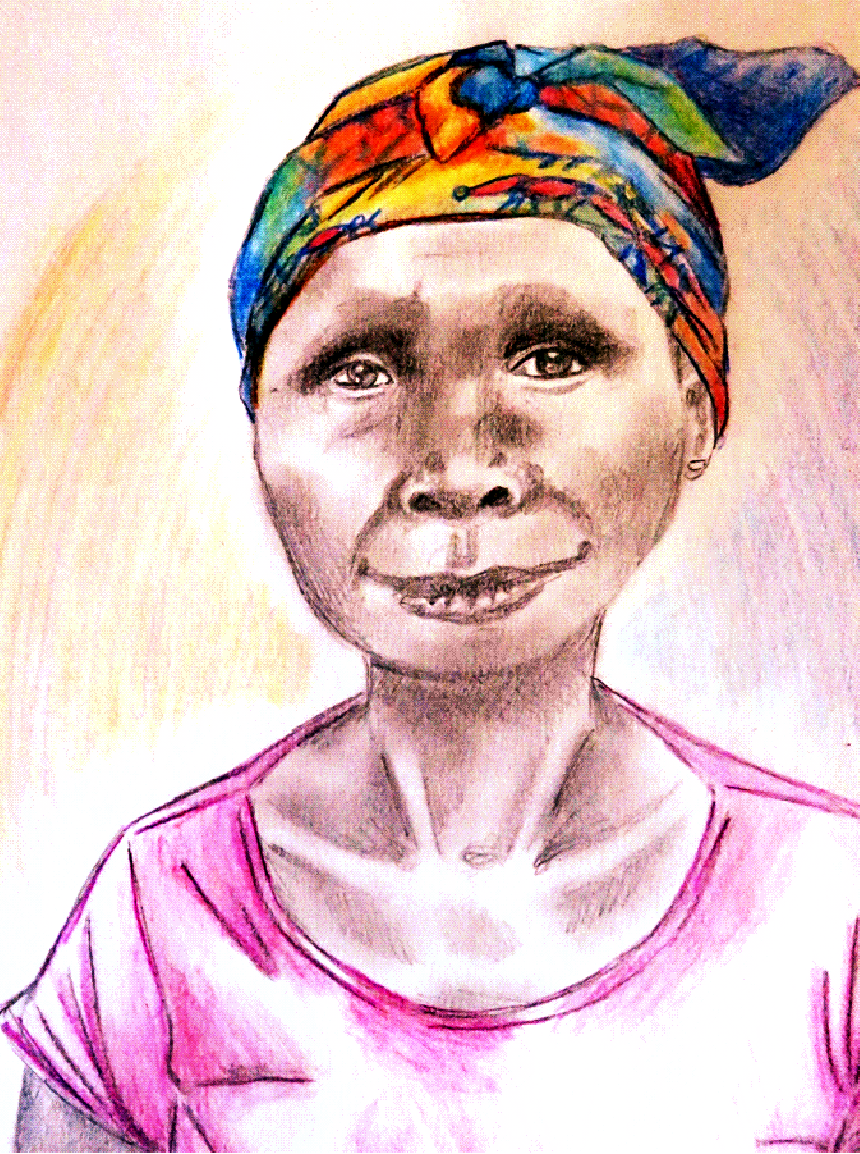
Every time I saw Christine, she was a little stronger and started developing a healthy glow. She went from being bed-bound to a healthy working woman.

But Jean and I developed quite a bond. On mornings that I would go running on the airstrip, I’d often find Jean de Dieu jogging along beside me in his plastic green shoes. He’d tell me about wanting to go to school in Sudan or stories about his family, or he’d just quietly fall into step beside me. On my last day in Zemio, Jean de Dieu was at the airstrip with a plastic bracelet to give me, with tears in his eyes.
